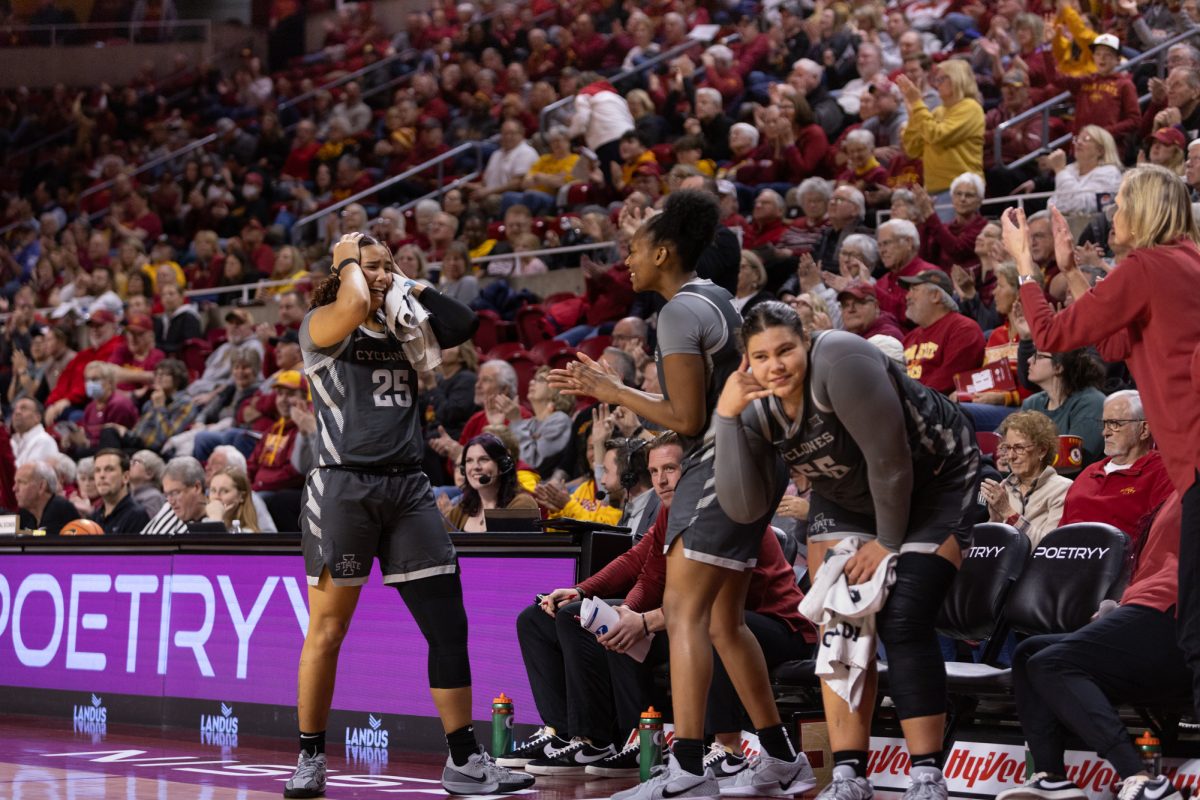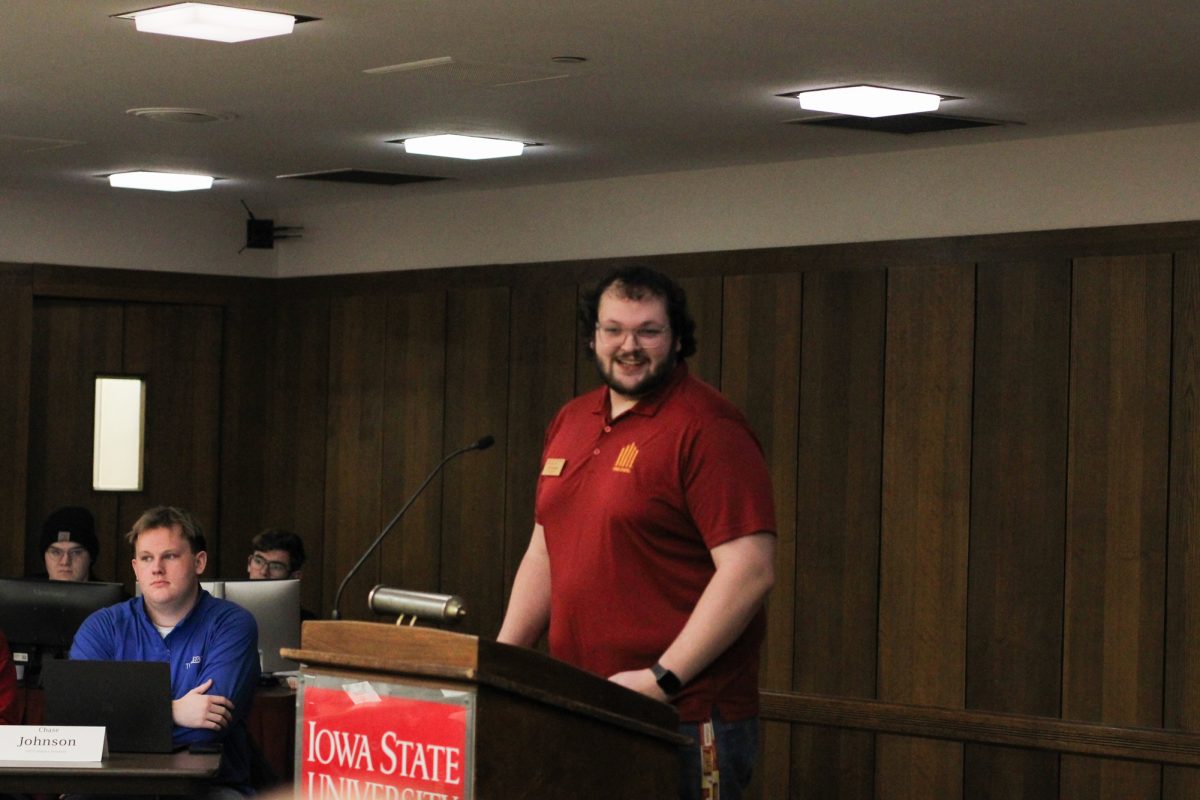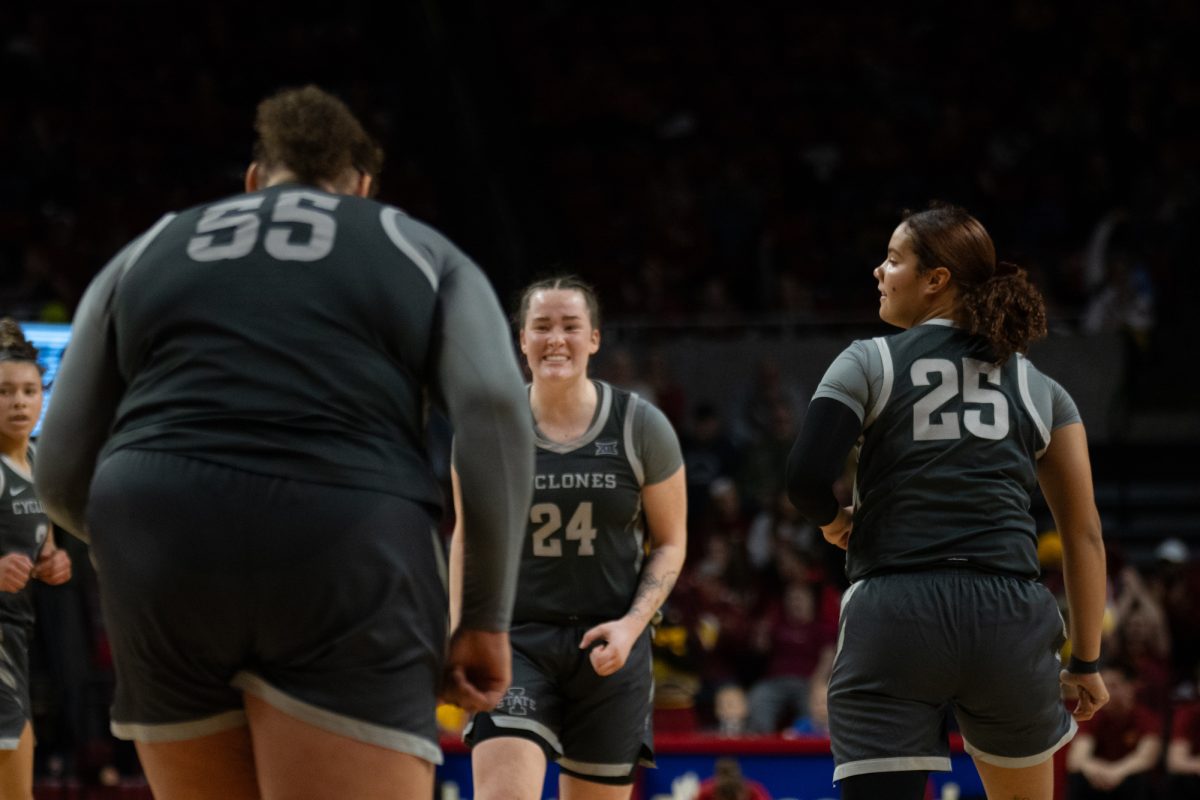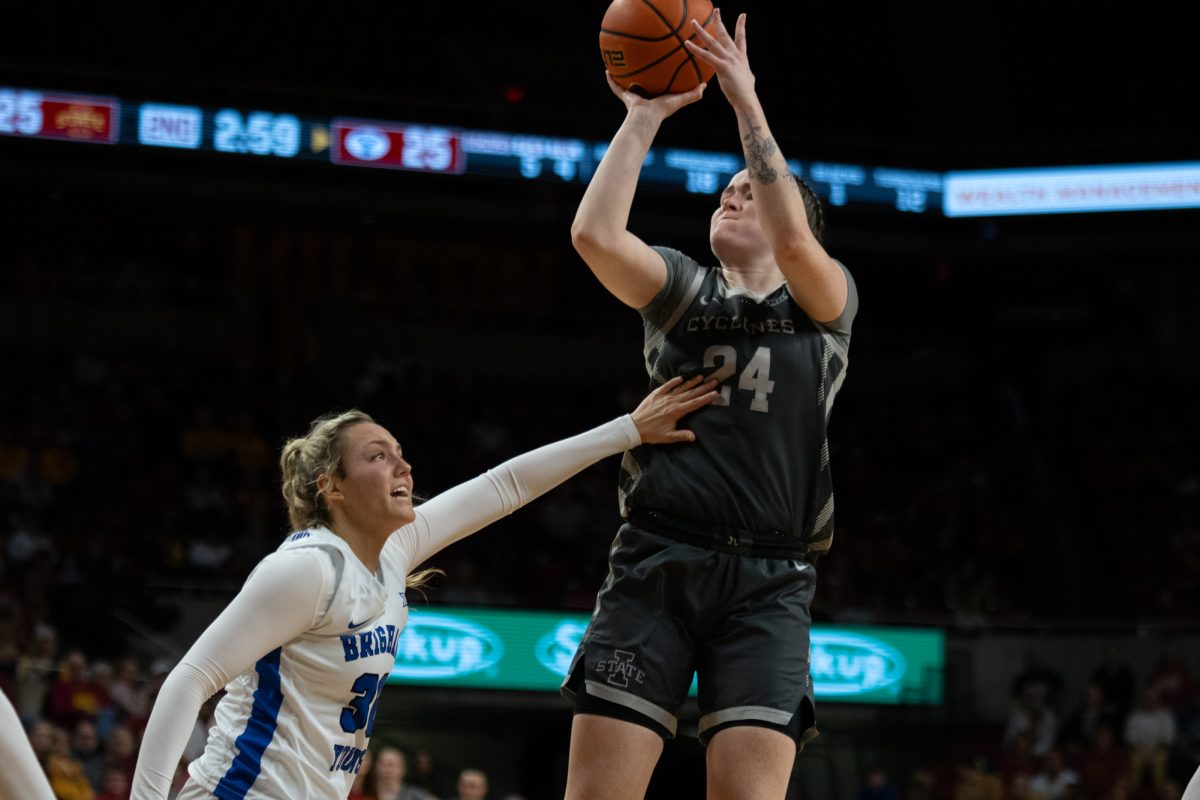Students learn to weigh many factors when choosing long distance companies
September 15, 1997
Long distance telephone bills of students at Iowa State can quickly turn into financial nightmares when they arrive in the mail.
Choosing a long distance company is one of the pains students have to deal with when deciding to have a telephone line.
“When I first moved off campus, I just chose the first long distance company that called me, but after about a year of pretty high bills I decided to switch to a company with better rates,” Darian Johnston, a senior in mechanical engineering, said.
Comparison shopping can make the long distance decision a little easier.
John Kingland, director of telecommunications, said students need to consider things like “their call volume — the times they call and where they call” in order to find the service that best fits their needs.
“Students need to shop to compare and beware,” he said.
Kingland advises students to call various long distance carriers to compare rates and sales programs.
“Be aware of hidden costs like monthly charges. You also need to look for how long the rates you’re quoted remain in effect,” he said. “They might go up after six months of service.”
Sprint, MCI and AT&T handle 77 percent of America’s long distance calls.
Janet Taylor, director of Sprint College Market, advises college students to shop around to find the best long distance plan.
“Colleges are such diverse places, you have to find a plan that works for you,” Taylor said.
Students can shop around by visiting long distance carrier Web sites, calling the companies to ask questions, and reading the fine print.
Long distance rates for domestic calls vary among the three main competitors in the long distance market.
Sprint Sense residential service offers long distance service rates of 10 cents per minute from 7 p.m. until 7 a.m. and during weekends.
During the week, the rates go up to 25 cents per minute between 7 a.m. and 7 p.m.
MCI One charges customers a flat rate of 15 cents per minute if they spend less than $25 per month. The long distance rate drops to 12 cents per minute for customers spending more than $25 per month.
AT&T One Rate allows customers to make to make long distance calls for 15 cents per minute.
Calling cards can offer students flexibility and convenience, but they may also have hidden costs such as surcharges and connection fees.
The AT&T calling card offers long distance for 30 cents per minute, but includes a surcharge of 30 cents for every call.
The 1-800-CALL-ATT calling card charges a flat rate of 35 cents per minute plus a 60 cents surcharge.
The MCI One calling card with the residential long distance plan costs 25 cents per minute, but adds an 89-cent surcharge for each call. The calling card without the long distance plan charges 30 cents per minute with a 99-cent surcharge.
Sprint’s FONCARD with residential long distance service offers a 10 cents-per-minute charge, but without residential service the calling card rate rises to 35 cents.
A per-call connection fee applies to all FONCARD calls.
Other long distance telephone companies attract customers with more than low rates.
A new trend in long distance is to direct a portion or all profits to an aphilantropic cause.
Companies such as Earth Tones, a non-profit long distance company directing 100 percent of its profits toward environmental campaigns, offer both competitive rates and the chance to help a favorite cause or charity.






